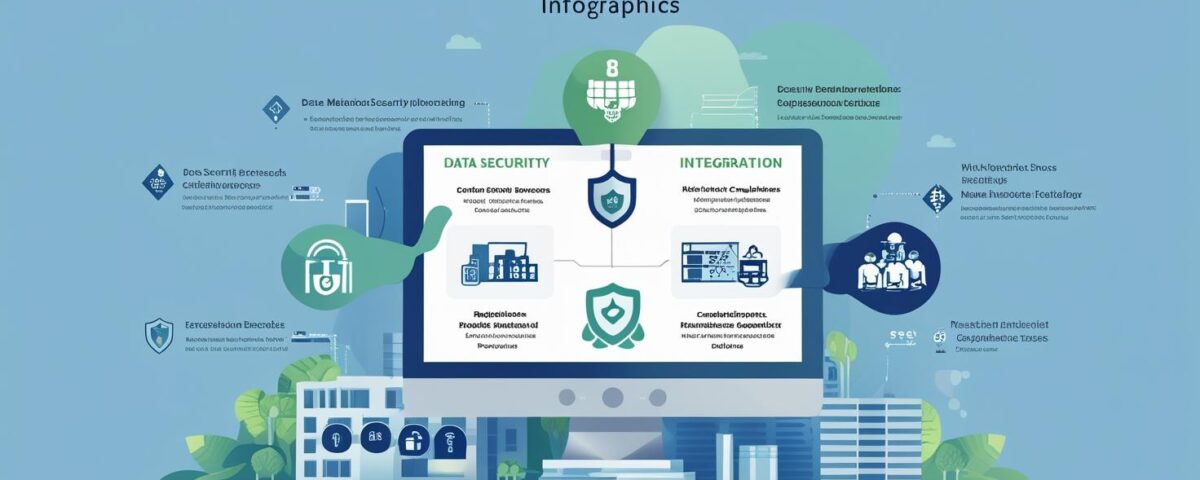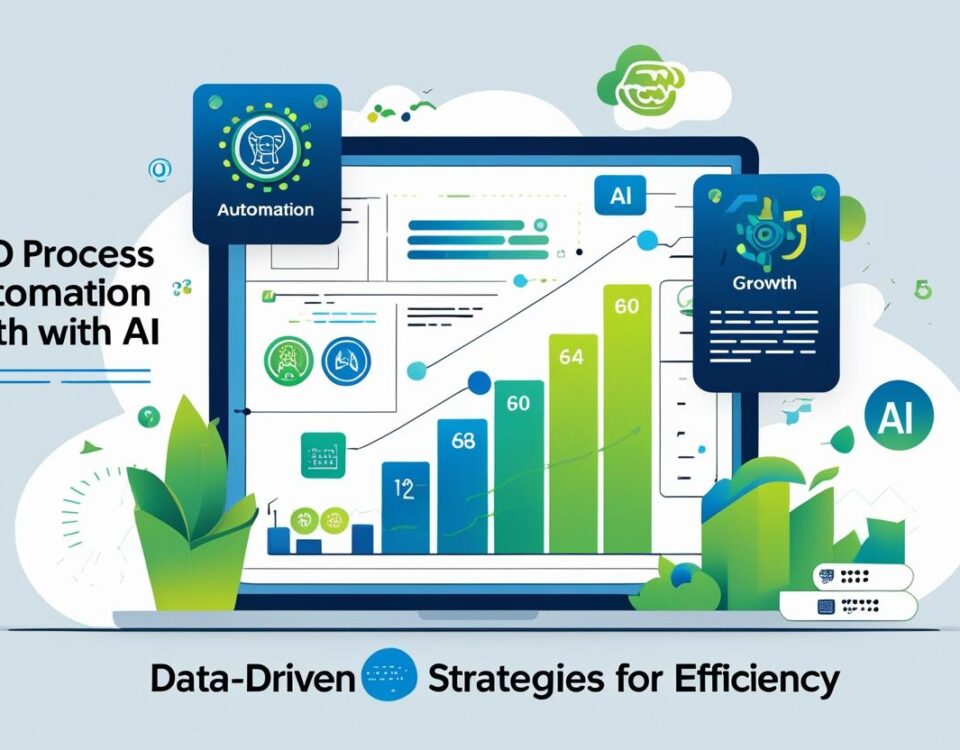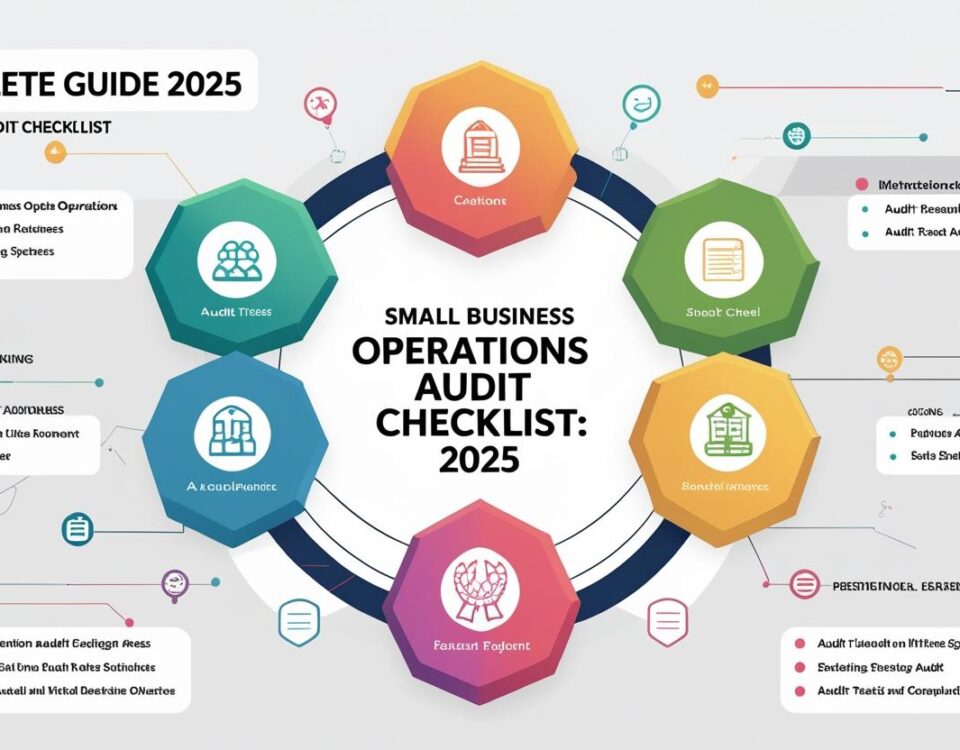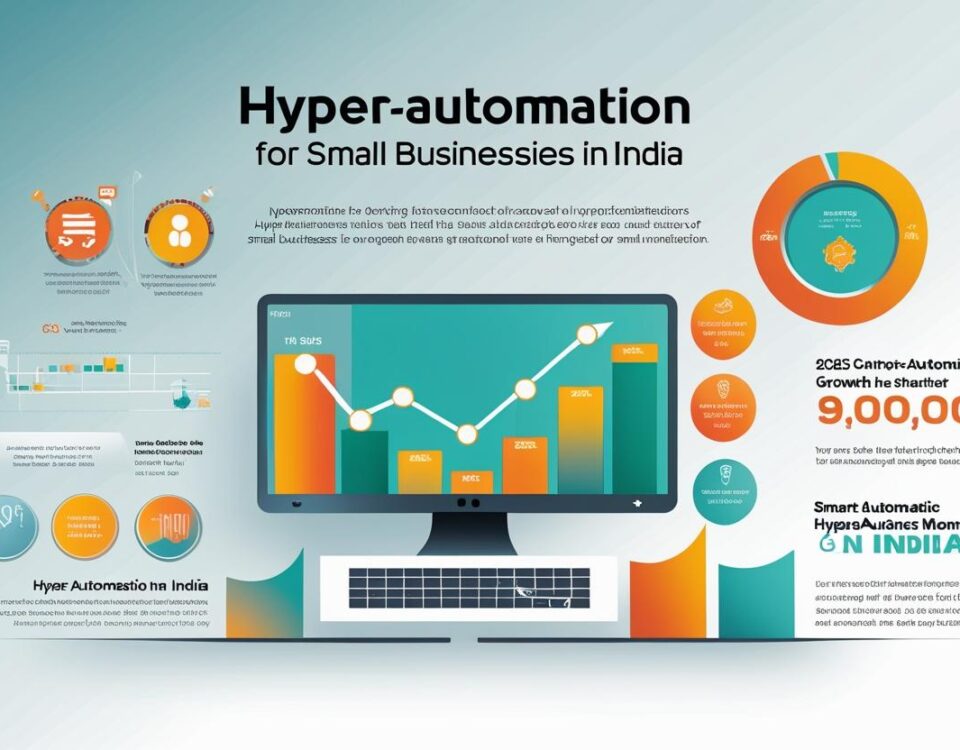Unveiling AI Compliance Blind Spots in Healthcare BPO Operations: 2025

AI Compliance Blind Spots in Healthcare BPO Operations: 2025 Detection Framework
Introduction: The Hidden Compliance Crisis
Healthcare BPO operations face an unprecedented challenge in 2025: AI compliance blind spots that cost the industry over $300 billion annually in violations and penalties. While 63% of healthcare organizations now use AI in core processes, only 21% have dedicated AI governance frameworks in place, creating dangerous gaps in compliance oversight.
These blind spots aren’t just technical oversights—they’re systematic vulnerabilities that expose healthcare BPOs to HIPAA violations, regulatory penalties, and patient safety risks. This comprehensive detection framework addresses the most critical compliance gaps plaguing healthcare outsourcing operations today.
For organizations seeking to strengthen their operational foundation, our Critical Small Business Operations Audit Checklist: Complete Guide 2025 provides essential groundwork for comprehensive compliance assessments.
The Top 5 AI Compliance Blind Spots in Healthcare BPO
1. Implicit Bias in Patient Data Processing
Healthcare AI systems trained on biased datasets can perpetuate discriminatory practices, violating both HIPAA’s non-discrimination requirements and patient safety standards. Studies show that AI models for skin cancer detection underperform by 15-20% for patients with darker skin tones due to training data imbalances.
- Gender imbalance in medical imaging datasets affects diagnostic accuracy
- Socioeconomic bias in treatment recommendation algorithms
- Age-related bias in risk assessment models
2. Automated Decision-Making Without Human Oversight
The “black box” nature of AI systems creates accountability gaps when automated decisions affect patient care or billing. Without proper human oversight mechanisms, healthcare BPOs cannot demonstrate compliance with HIPAA’s minimum necessary standard.
3. Third-Party AI Vendor Compliance Gaps
Many healthcare BPOs rely on external AI solutions without establishing proper Business Associate Agreements (BAAs) that address AI-specific risks. This creates complex responsibility chains where compliance violations can occur without detection.
4. Inadequate Data Governance in AI Training
AI systems require vast amounts of healthcare data for training, but many BPOs lack proper data governance frameworks to ensure PHI is handled according to HIPAA requirements throughout the AI lifecycle.
5. Missing Audit Trails for AI Actions
Traditional audit mechanisms cannot track AI decision-making processes, creating blind spots in compliance monitoring. This makes it impossible to demonstrate HIPAA compliance during regulatory audits.
Healthcare BPOs implementing automation strategies should reference our BPO Process Automation: 10 Proven, Powerful Strategies for Massive Growth for foundational automation principles.
2025 AI Compliance Detection Framework
Phase 1: Risk Assessment and Mapping
Begin with comprehensive AI risk assessments that specifically address healthcare compliance requirements:
- Map all AI systems that interact with PHI
- Identify data flows through AI models
- Document AI decision-making processes
- Assess third-party AI vendor compliance postures
Phase 2: Governance Implementation
Establish AI-specific governance controls that address healthcare compliance requirements:
- Create AI ethics committees with healthcare compliance expertise
- Implement bias detection and mitigation protocols
- Establish human oversight requirements for AI decisions
- Develop AI-specific training programs for staff
Organizations looking to implement comprehensive workflow automation should explore our No Code Document Workflow Automation for Remote Teams: 2025 Playbook for practical implementation guidance.
Phase 3: Continuous Monitoring
Deploy automated monitoring systems to detect compliance deviations in real-time:
- AI-enhanced access governance for PHI
- Automated detection of unusual data access patterns
- Continuous bias monitoring in AI outputs
- Real-time compliance checking against HIPAA requirements
Phase 4: Documentation and Audit Readiness
Create comprehensive documentation systems for AI compliance:
- Maintain detailed AI model documentation
- Track all AI training data sources and usage
- Document algorithmic decision processes
- Create audit trails for AI system interactions with PHI
Advanced Detection Techniques for 2025
AI-Driven Compliance Monitoring
Use AI itself to monitor for compliance issues through:
- Automated detection of potential PHI exposures
- Predictive analytics for identifying compliance risks
- Pattern recognition to spot unusual data access
- Intelligent alert prioritization for critical issues
Zero-Trust Architecture for AI Systems
Implement zero-trust principles specifically for AI integration:
- Treat AI systems as privileged entities requiring strict controls
- Apply fine-grained authorization for AI operations
- Implement continuous verification rather than one-time authentication
- Use contextual access controls based on AI operation type
For organizations implementing advanced automation strategies, our Hyperautomation for Small Business: The Complete 2025 Guide to Smart Growth provides strategic implementation guidance.
Implementation Roadmap
Month 1-2: Foundation Building
- Conduct comprehensive AI inventory and risk assessment
- Establish AI governance committee with compliance expertise
- Review and update Business Associate Agreements for AI vendors
Month 3-4: Framework Deployment
- Implement AI-specific access controls and monitoring
- Deploy automated compliance checking systems
- Train staff on AI compliance requirements
Month 5-6: Optimization and Testing
- Test compliance detection systems with simulated scenarios
- Refine monitoring algorithms based on initial results
- Conduct compliance audit readiness assessments
The evolving landscape of AI in healthcare presents new opportunities, as detailed in our analysis of 5 Powerful Ways Agentic AI in India Is Transforming Workforces.
Measuring Success: Key Performance Indicators
Track the effectiveness of your AI compliance detection framework using these metrics:
- Compliance Incident Reduction: 87% decrease in inappropriate access incidents
- Detection Speed: Real-time identification of potential violations
- Audit Readiness: 100% documentation completeness for AI systems
- Training Effectiveness: 95% staff compliance with AI governance protocols
- Vendor Compliance: 100% Business Associate Agreement coverage for AI services
Conclusion: Building Resilient Healthcare BPO Operations
AI compliance blind spots represent one of the most significant risks facing healthcare BPO operations in 2025. Organizations that proactively implement comprehensive detection frameworks will not only avoid costly violations but also gain competitive advantages through enhanced operational efficiency and customer trust.
The framework outlined here provides a practical, actionable approach to identifying and addressing AI compliance gaps before they become costly violations. Success requires ongoing commitment to governance, continuous monitoring, and adaptive improvement as AI technologies evolve.




